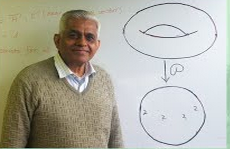Imagine: in 1913, renowned mathematician G.H. Hardy receives a letter from a complete stranger: pages of theorems that he cannot comprehend. How did he recognize Ramanujan’s genius? And although the collaboration between Ramanujan and Hardy was unique, there are other examples of scientific partnerships made across cultural divides, initiated by letters from India. What did they produce? And how might the history of Indian mathematics prepared the way for Ramanujan’s unique approach?
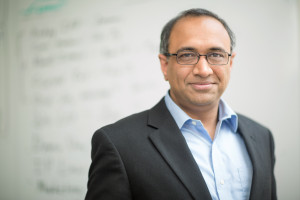
Sanjay Sarma is Director of Digital Learning at MIT, overseeing MITx and MIT OpenCourseWare. A self-described disrupter in both his academic and entrepreneurial life, he and his colleagues have pioneered technologies and standards that have radically changed the way products are tracked worldwide. His many recognitions include a National Science Foundation Career Award and the Keenan Award for Innovation in Undergraduate Education. Sarma brings cutting edge learning to worldwide learners through his MIT Professional Education Short Programs: Radical Innovation. MIT President Rafael Reif has described Sarma’s role as “experimenter-in-chief.”
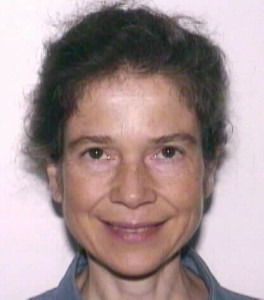
Emma Previato is Professor of Mathematics at Boston University, and a Fellow of the American Mathematical Society. She earned a Ph.D. from Harvard, has published over 75 research articles, co-edited three books, and given over 200 presentations nationally and abroad. She is recipient of a Mathematical Association of America Award for Distinguished University Teaching, and founded the BU Student Chapter of the Association for Women in Mathematics. She has organized international research conferences; created an annual outreach symposium – AFRAMATH; and serves as mentor in several professional STEM programs.
Tags:
Ravi Kulkarni is President of the Ramanujan Mathematical Society, a premier Math Society in India. He received his doctorate from Harvard University in 1967. After a research and teaching career spanning over 40 years in the US at Johns Hopkins University, Columbia University, Indiana University, and City University of New York, he returned to India as Distinguished Professor and Director of Harish-Chandra Research Institute, one of three research institutes for Mathematics and Theoretical Physics in India, followed by a 7-year stint at the Indian Institute of Technology (Bombay) as Mathematics Chair. He is interested in the philosophy of Mathematics and Science, and notes he has “…not yet figured out the enigma of how Ramanujan’s mind worked”.
Tags:
Two master teachers of Indian Dance, accompanied by players of the tabla and the mridangam, will demonstrate the complex relationships between rhythm and two classical dance traditions – from the north and from the south.
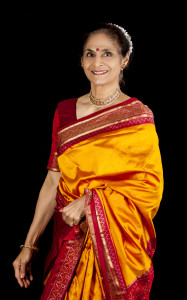
Neena Gulati was born in New Delhi, where she began dancing when she was four. A master of the Pandanallur style of Bharatanatyam, she has received critical acclaim throughout India, England, and the United States. In 1964, Neena was invited to perform at the United Nations General Assembly. Since moving to the US in 1967, she has also taught at Brown University and has been guest artist at other New England universities. Founder of the Treveni School of Dance, she is an example of the guru-shishya tradition of teaching that has preserved the purity of Indian classical dance since the time of the Vedas.
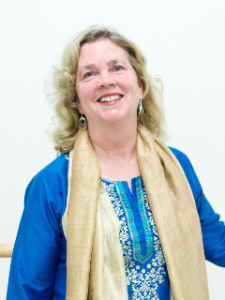
Gretchen Hayden Ruckert is an internationally recognized performer and teacher of Kathak dance. She is a senior disciple of the renowned master and guru, Pandit Chitresh Das. After studying for over 20 years, performing as a principal soloist in the Chitresh Das Dance Company and teaching at the Chhandam School in California, she moved to the Boston area in 1992, where she established the Chhandika Institute of Kathak Dance. Ms. Hayden has also initiated accredited Kathak dance courses at Tufts University and Wellesley College and is a regular lecturer at MIT.
Other special guests will include: Gaurish Chandrashekhar on mridangam, Jerry Leake on tabla, and Dr. Suresh Mathur.
Tags:

Diane Meuser received a Ph. D. in Mathematics from Johns Hopkins University with a specialty in Number Theory – particularly relevant for A Disappearing Number, since Ramanujan is recognized as one of the great number theorists of the twentieth century. Recently she has become interested in Mathematical Cryptography and in particular how Number Theory is used for internet communications and security. She has won numerous teaching awards and enjoys explaining mathematics to others.
Tags:
Ramanujan’s groundbreaking formulas challenged future mathematicians; it took 100 years to discover what was behind them. What was at the heart of the work of the largely self-taught genius? How did his cultural background help form his unique perspective on mathematics? What was surprising about his work in 1913, and how is his legacy felt today?
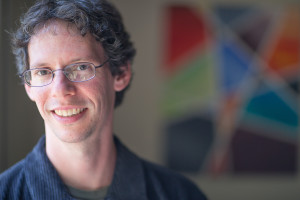
Larry Guth is a professor of mathematics at MIT. He studies geometry and discrete math. Like many mathematicians, he’s interested in how different parts of math connect with each other. He’s also interested in theater and did some acting in college.
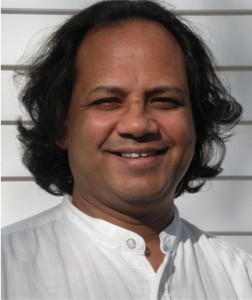
Subrata Das is a stage director, translator, and playwright. He is the director of the Boston-area theater company SETU, which means ‘bridge’ in many Indian languages; SETU performs in English, to provide a bridge between South Asia, the east, and the west. He is also president of the Cambridge-based company, Machine Analytics, and is interested in exploring the relationship between acting for the stage and the human cognitive thought processing that he researches and builds simulations of at his workplace.
Tags:


